For a long period of time, Kenya has depended on cereals like maize, sorghum and millet as a principle staple food. Household diets hugely rely on cereals as a main carbohydrate and starch source. In the recent past, production of this important crops has been hampered by factors including poor farming practices, non-use of quality inputs etc. In 2016, the Fall Army Worm emerged as…
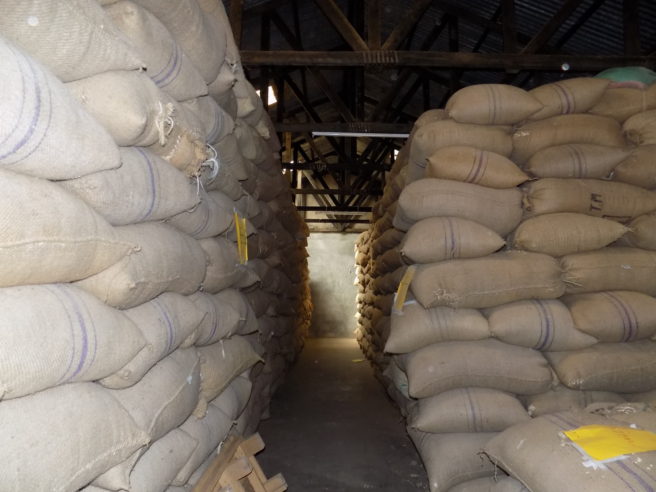
The Warehouse Receipt System; Will it Solve Farmer Problems?
Mid-June this year, President Uhuru Kenyatta assented into law the Warehouse Receipt System (WRS) Bill 2017. The WRS act will provide a legal framework for the development and regulation of a WRS to address marketing challenges associated with the grain sub-sector. The WRS is defined as “part of the whole of the process of depositing commodities in a licensed warehouse, the issuance of a warehouse receipt…

Technology in Farming; How farmers Can Use Technology To Be More Effective
By Ann Macharia Agriculture is among the main pillars of our economy; it contributes to 27 percent of our Gross Domestic Product (GDP) and 65 percent of our total export earnings. The increasing human population has resulted in a decrease in the land to cultivate; this has led to scarcity especially due to real estate’s development. This, therefore, demands an increase in production per unit…
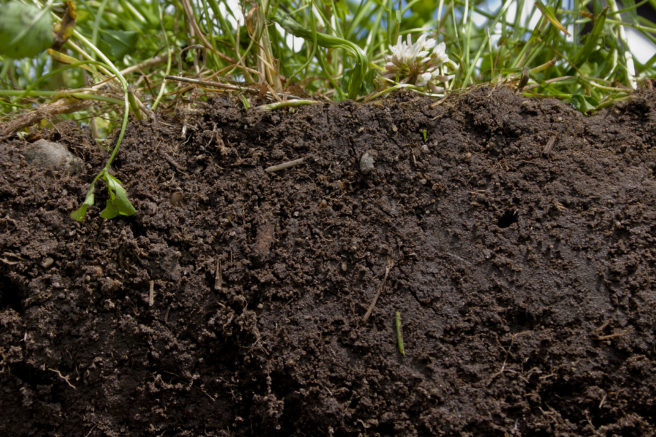
How To Determine and Deal With Your Soil’s Nutrient Deficiency
By Dr. James Mutegi Legumes are the most important household crops, especially in the drier areas. On average, farmers harvest less than a tonne per hectare while the potential for most legume producing regions could go up to 3.5 tonnes. Legumes require nitrogen, phosphorus, potassium, magnesium, sulphur and non-acidic soils. On average, a hectare of most common legumes will take up about 150kg of nitrogen,…
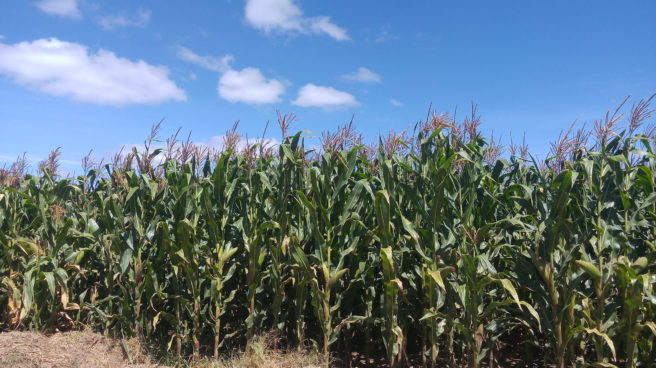
Global Status and Economic Benefits of Biotech Maize Production
Maize is at the center of global food security, as one of the most important cereal crops in human and animal diets worldwide. Together with rice and wheat, it provides at least 30% of the food calories to more than 4.5 billion people in 94 developing countries. This includes 900 million poor consumers for whom maize is the preferred staple. Aside from providing nutrients for…

Is The Importation of Maize in Kenya From East African Community Inevitable?
By Timothy Njagi Maize is the cheapest source of calories among the cereal grains, making up about 65 percent of the total food calories consumed by households in Kenya. To meet this demand, maize is produced on 40 percent of the total crop area—mainly by smallholders. Kenya’s annual production target has been 40 million bags or approximately 3.6 million tonnes. However, over the past decade,…

CGA Hosts The Fourth Annual Meeting of The TransFert Program
The TransFert Program From the 16th of June 2019 up until the 21st of June 2019, 40 representatives from Fert and Fert’s professional agricultural partner organizations met in Kenya for the fourth annual meeting of the TransFert program. TransFert is an annual program that brings together Fert’s professional agricultural partner organizations for exchange-based learning in a selected host country. It was initiated in 2015. CGA…
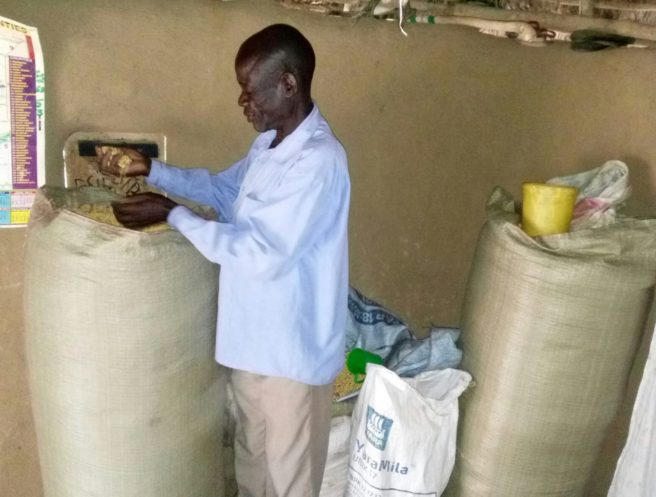
Agricultural Productivity in Kenya: Where is The Rain Beating us?
Why is Uganda and Tanzania producing more food than Kenya? Both countries enjoy a competitive and comparative advantage over Kenya when it comes to agricultural production. Uganda has a very favorable climate. It receives more rainfall owing to a higher forest cover. Uganda also has a bimodal planting calendar that allows two harvests of grain in a year and a year-round harvest of all other…
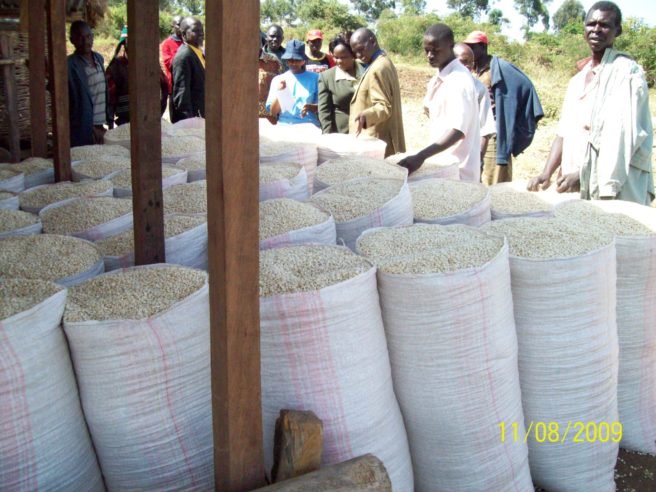
Master The Art of Reaping More From Your Harvests
By Ann Macharia A visit to various fresh produce markets across the country will often help one to appreciate the need for farmers to understand the three Ps formula of market planning. The first P stands for predicting the likely market forces that may come into play long before the planting can begin. The second P stands for planning, based on the predicted market forces…

CGA Partners with CIAT To Promote Production of High Iron Bean Varieties
Low agricultural yield is one of the many factors that have hindered Africa from reaching its full agriculture potential. Despite its vast arable land – about 60% of the world’s uncultivated arable land is in Africa. Staple crop yields in Africa, for example, have barely grown in the last 25 years, and remain the lowest of any region in the world at just 56% of…
